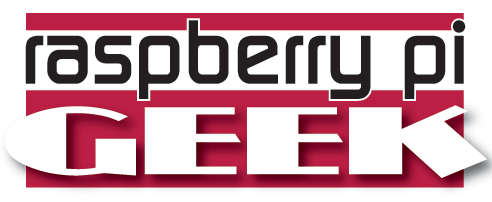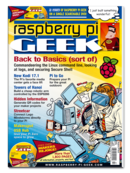Maritime navigation with a Rasp Pi and OpenCPN
The previous article in this series [1] described using the Raspberry Pi as a multimedia center for a boat. In this article, I discuss turning the nanocomputer into a low-cost maritime navigation system. It is also possible to expand this project and deliver GPS data to all parts of the boat. Because the Rasp Pi consumes minimal amounts of power, it is ideally suited for use on private boats and in RVs.
Maritime navigation with electronics is not a new idea. Large ships have been using GPS devices for a long time to determine location and plan routes. These devices are also available for purchase for smaller boats. The hitch is that a GPS device costs a lot of money and map updates add to the financial outlay. These costs often scare boaters away. Other commercially available navigation devices typically are well outfitted with street and highway mappings, but waterways appear to have been added as an afterthought. As a result, the more economical choice of using printed nautical maps is still the preferred method.
This is where the Rasp Pi offers itself as a solid foundation for a DIY navigation device. All you need to do is add a GPS receiver, the navigation software OpenCPN, and corresponding inland waterway maps. In this article, I describe how to outfit the Rasp Pi with the necessary software and a suitable choice of hardware, and I talk about where maps may be procured. As a bonus, I provide an overview of how the setup can be used for other instruments on board a boat.
[...]
Buy this article as PDF
Pages: 6
(incl. VAT)





